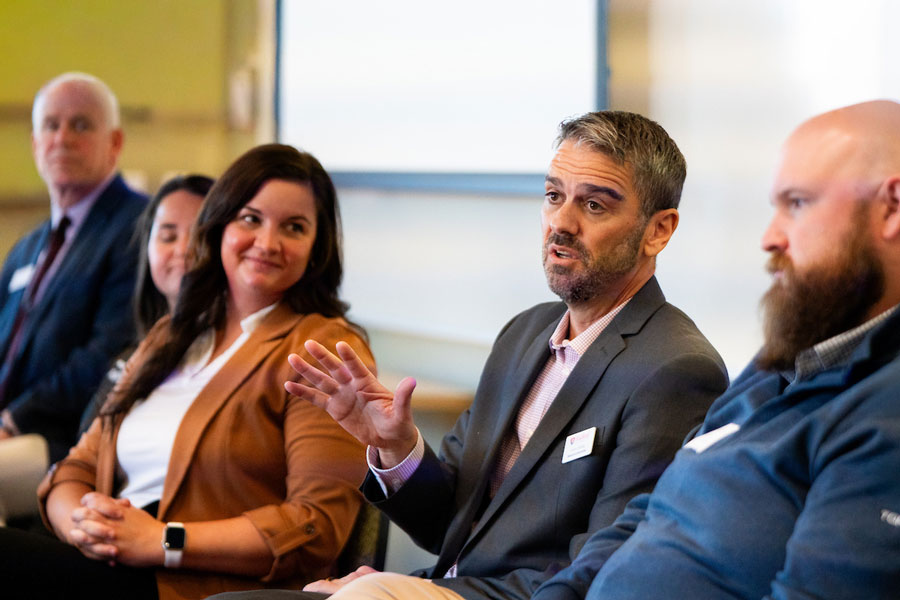Radford University
Radford News
2025 Top Adventure College
#1 in the Southeast and Mid-Atlantic
Thanks to the strong support from students, faculty, staff, alumni and fans, Radford rose to the top for its incredible access to outdoor recreation, thriving campus culture and commitment to adventure. With the New River and Blue Ridge Mountains as our backyard, there's no better place to learn and explore.
Latest News
-
“Play off the front foot”: Financial advisor Bill McNulty ’91 shared straight talk, life lessons with students
November 17, 2025
McNulty was the speaker at this semester’s Truist Global Capitalism Lecture Series on Nov. 6. A senior vice president with Morgan Stanley, he talked about how he rose from “a lifelong C student” to the executive suite. He also discussed the current economy and shared invaluable tips for young people about to graduate into the workforce.

-
Artis Center for Adaptive Innovation and Creativity earns national recognition for design excellence
November 14, 2025
Radford University’s Artis Center for Adaptive Innovation and Creativity has been recognized among the nation’s most outstanding architectural achievements.

-
Radford University will welcome home one of its own this December as Lara E. Ramsey '90, M.S. '92 delivers the keynote address at the university’s Winter 2025 Commencement ceremonies.
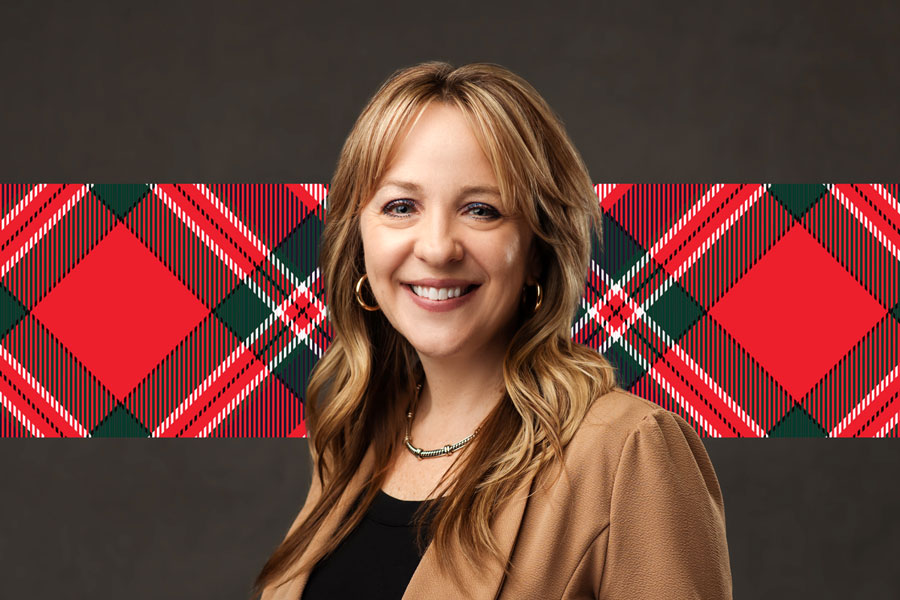
-
Senior’s research focuses on helping Alzheimer’s, dementia patients
November 14, 2025
Julia Miller is dedicating much of her senior year at Radford working with faculty to explore methods to improve quality of life for individuals living with moderate to advanced dementia.
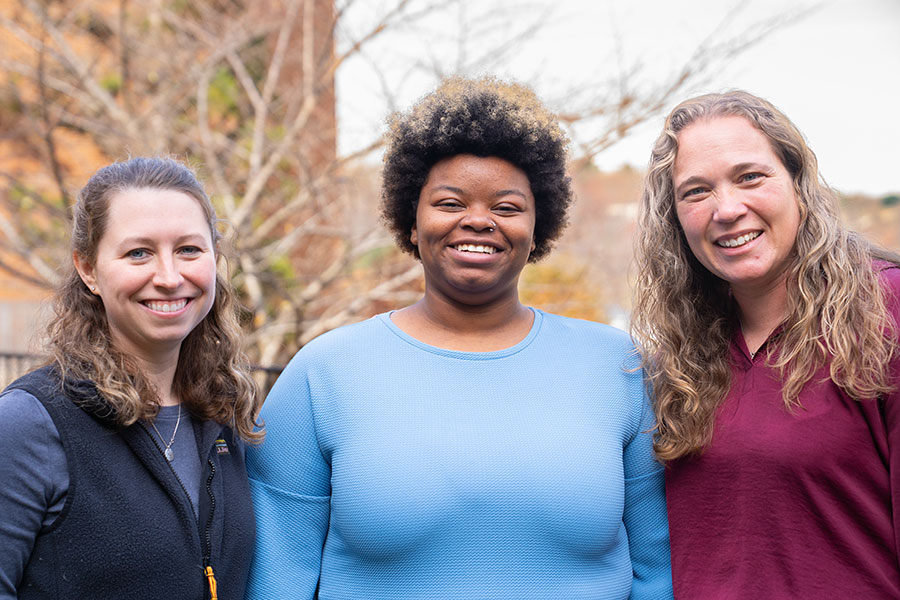
-
Radford club rugby ‘on top of the world’ after ’25 success
November 14, 2025
Radford Club Rugby earned a huge conference semifinal victory with support from of raucous home crowd.
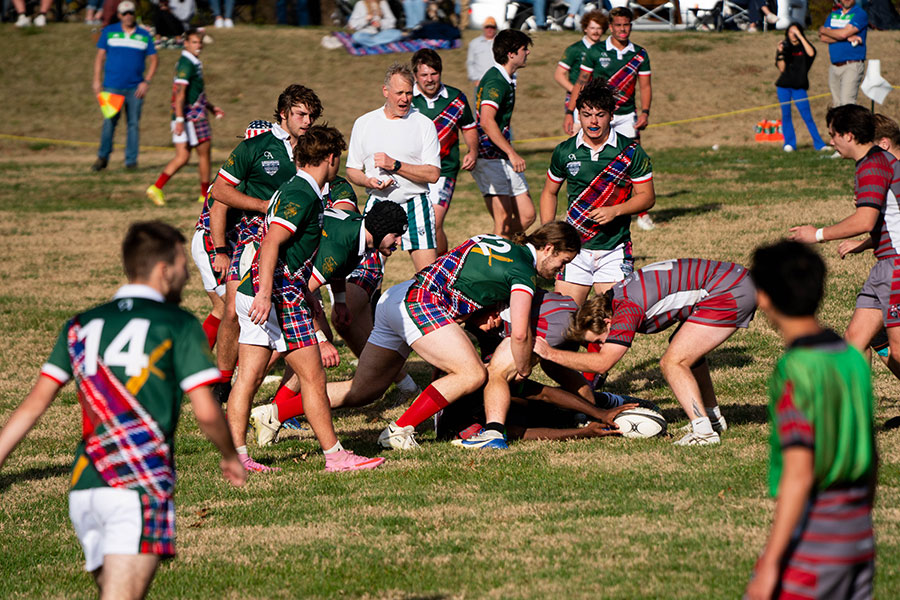
-
Highlander Highlights: Week of Nov. 10, 2025
November 14, 2025
Highlander Highlights shares with readers some of the extraordinary accomplishments happening on and off campus through the tireless work and curiosity of our students, faculty, staff and alumni.
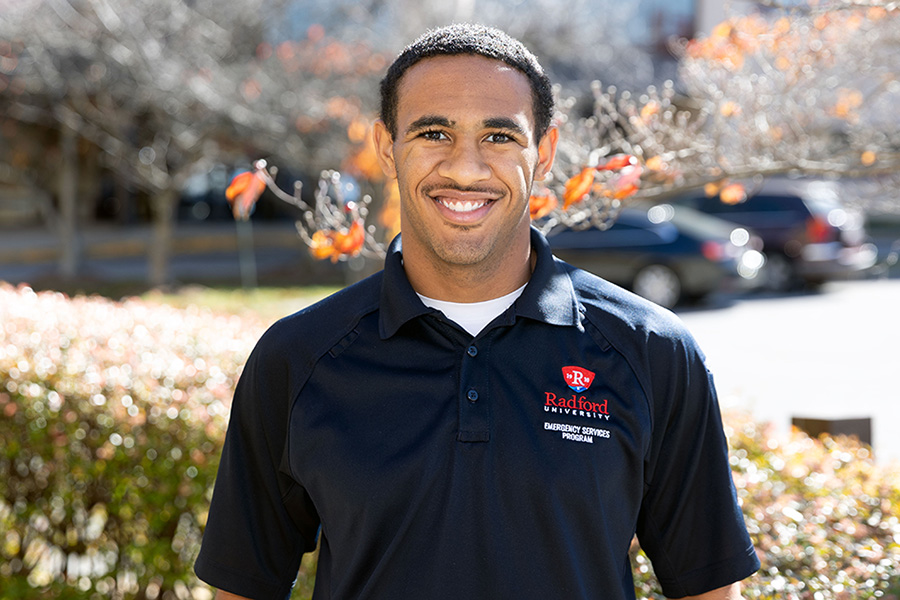
-
‘Healthcare is a team sport’: Case study event encourages collaboration, communication
November 11, 2025
The event's purpose was to enhance students' understanding of the unique roles, responsibilities and collaborative approaches to healthcare practice.

-
Business and sports intersect at Davis College forum
November 10, 2025
The school hosted “The Business of Sports” on Oct. 23, a forum at which guest speakers talked about careers in athletics and the changing landscape of the industry. Students also had opportunities to gain professional advice, and the college welcomed men’s basketball coach Zach Chu.
